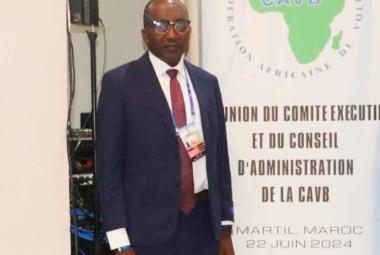By Lamin Njie
The Ministry of Transport, Works and Infrastructure in its efforts to achieve Zero road traffic accidents in The Gambia by 2020-2030 recently collaborated with partners such as The Gambia Police Force, World Health Organization- Banjul office, National Roads Authority, University of The Gambia, and Gambia Red Cross Society embarked on a week-long road safety campaign across the country.
The main objective of the tour is to raise public awareness and improve the skills, attitudes, and behaviors of road users on road safety with a view to reduce the prevalence of road traffic crashes.
During the campaign, key messages geared towards raising awareness on factors that have the potential to cause road traffic accidents such as over speeding, driving while drunk, use of mobile phones while driving and measure that could mitigate the effects of accidents will be preached to road users.
The team first had a meeting with drivers in Barra, North Bank Region before proceeding to Farafenni for another meeting.
Similar engagements will be held in Soma, Basse, Bansang, and in other major towns and villages in the countryside.
The Greater Banjul Areas and the West Coast Region will also be visited during the campaign targeting strategic locations where accidents usually occur
According to the (Police Accident Report 2021), annually there are over 700 cases of road traffic crashes, 123 fatal cases in the Gambia. As a result of this, the Ministry of Transport, Works and Infrastructure has set an ambitious target of reducing the number of road traffic crashes to zero road fatalities and serious injuries in The Gambia by 2030.
Globally every year the lives of approximately 1.3 million people are cut short as a result of a road traffic crash. Between 20 and 50 million more people suffer non-fatal injuries, with many incurring a disability as a result of their injury. Road traffic injuries cause considerable economic losses to individuals, their families, and to nations as a whole. These losses arise from the cost of treatment as well as lost productivity for those killed or disabled by their injuries and for family members who need to take time off work or school to care for the injured.




